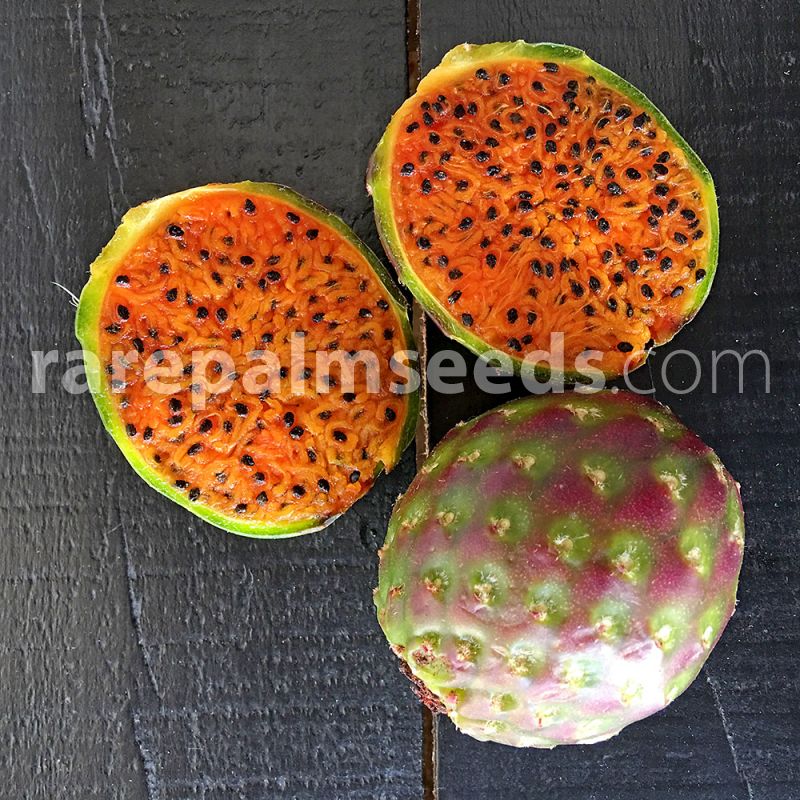A fruit is a part of a flowering plant, in botany deriving from a tissue of the ovaries of flower. The fruits are the source by which many plants scatter seeds widely. Most of the plant bearing fruits, multiply with humans and animal’s movement, disposing seeds and nutrition , which the humans and animals become dependent on fruits as their means of foods. Fruits account for agricultural of considerable amount output, for instance the apple and pomegranate that have symbolic meaning and cultural meaning. The fruiting body is any fungus section producing spores ( units of asexual reproduction or a reproductive structure). And we also have plants used for spices fruit bearing such as the allspice, chilies, ginger and black pepper. Some spices which the leaves are commonly used for culinary purposes are celery, rosemary, leaves, cloves, bay leaf, mint leaf, cinnamon, curry, paprika, sleeks and onions and garlic. But in most cases, the rhubarb is commonly referred as fruits, although the petiole of the rhubarb is the only edible part used for making sweet pies and desserts. While the pine nuts and ginkgo nuts are gymnosperm edibles seeds. The cereal grain like the rice, corn and wheat is a kind of edible grain or coated seed that belongs to caryopsis and the nuts is a kind of fruit but not considered as seed.
Simple fruit
The simple fleshy fruit are the Epigynous berries such as the Cranberries, blueberries, red huckleberries, lingonberries. Simple fruits can be fleshy or dry, resulting from ripening of simple or compound flower’s ovary with only one pistil (or carpel is the ovule and seed producing reproductive organ in flowering plants). Dry fruits can be sometimes dehiscent (opening of a plant structure in the way of maturity in order for it to release its contents, and is common among fruits, anthers and sporangia), or indehiscent (do not open to discharge the seeds). Types of simple and dry fruits and their examples such as; Most common simple achene fruit’s examples is the strawberry, the capsule fruit-bearing example is the brazil nut, caryopsis plants are the wheat, the achene-like fruit from every single florets cypsela or capitulum, an example is the dandelion, the plant fibrous drupe examples are walnut, coconut, plant follicle formed from single carpel and opened by one suture, like milkweed, usually seen in aggregate fruits such as magnolia, then the legume such as bean, peanut, pea, and type of indehiscent legume type is the loment and nuts such as hazelnut, beech, oak acorn, samara plant and their examples are elm, ash, maple key, the schizocarp example is the carrot seed, the plant silicle and the example is the shepherd’s purse and the utricle type and example is the beet. The unripe capsule fruit is called the Lilium, and part of the fruit wall or pericarp fruits which is fleshy when matured, such as the; redcurrant, gooseberry, tomato, cranberry (belongs to berry family) and plum, cherry, peach, apricot, olive (stone fruit or drupe). The apple, pears, rosehips, saskatoon berry are pome fruits of Rosaceae family and the simple and syncarpous fleshy fruit which was developed from half-inferior ovary of the plant. The Schizocarp fruits which was formed from ovary syncarpous and are not dehisce, which is divided into segment with one or more seeds including different forms of wide range of plant family, and one example is the carrot seed.
Aggregate Fruits,the annona, (rubus family) such as blackberry (a bramble fruit), raspberry and dewberry are formed from single flowers having multiple carpels which are not joined together.

Dewberries fruits
Raspberry fruits
Raspberry Fruit, a herbal fruit, solution for heart disease, diabetes, and many more
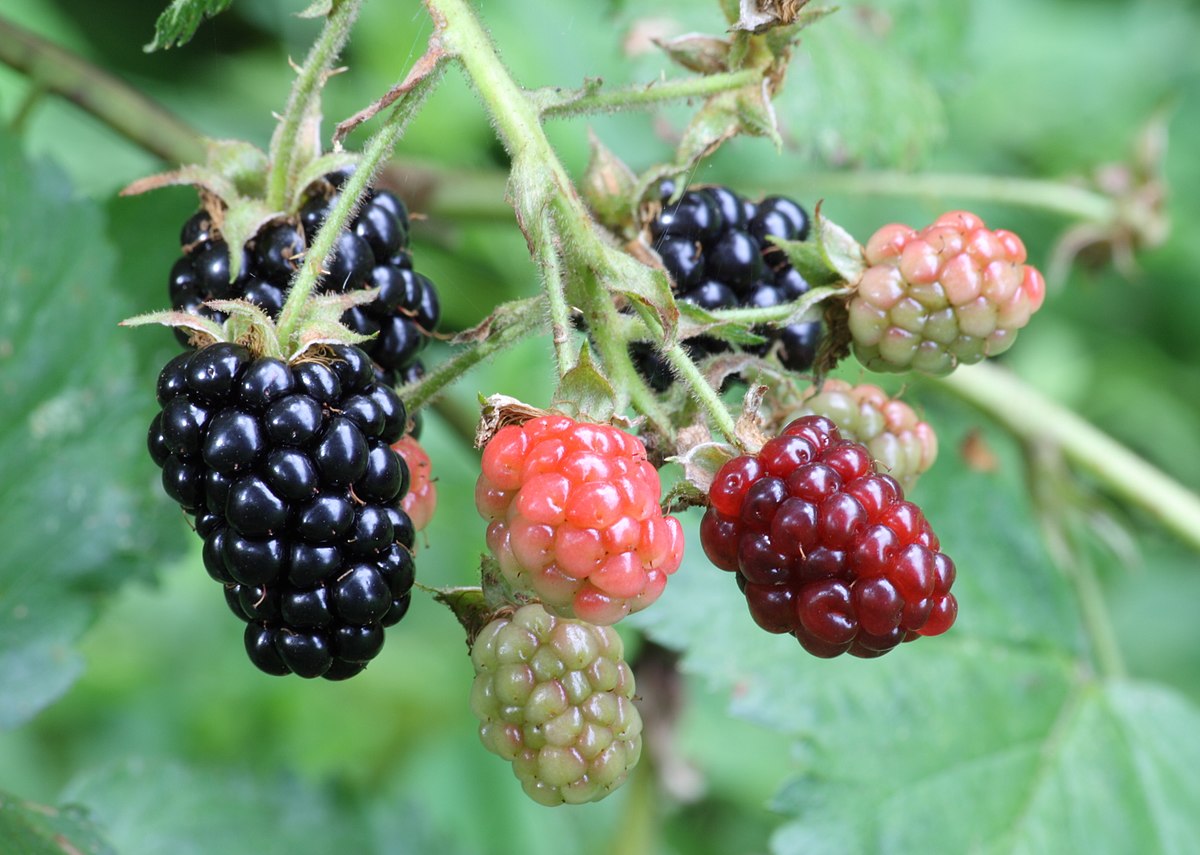
Blackberry fruits
Anonna Fruit family
Annona squamosa (Custurd Apple)
Pomme cannelle, sweetsop, sugar apple
Annona Muricata Custard Apple Fruit Red Annona Squamosa Sugar Apple
Annona Muricata sliced fruit
Annona cherimola fruit tree
Sliced Anonna Cherimola

(guyabano fruit) Soursop fruit
The graviola or guyabano or Soursop leaves are used to treat head lice, acne and pimple treatment. Boiling of guyabano leaves which can be made as a tea can help detoxify the body, cleanse the liver and urethritis. Meanwhile, the bark of graviola tree if boiled and drink, can be used to help cure fertility problems, treat cough, diabetes, ulcer, prevent heart diseases and liver failure. Other parts of graviola tree like the roots and its fruits seeds are also used for many illnesses like asthma and arthritis. Soursop or guyabano fruit is a potent anti-oxidant fruit that have many health benefits, and best for cancer patients with pancreatic, prostate, colon and lung cancers. If you want to strengthen your immune system to fight infectious and deadly diseases, the I advice you to eat guyabano regularly.
Atemoya (cross of Annona cherimola and Annona squamosa
Multiple fruits, is formed from a cluster of flowers known as inflorescence, and each flower produces a fruit, but these mature into a single mass. Examples of multiple fruits are breadfruit, fig, pineapple, mulberry, and osage-orange.
Mulberry fruits (red and black mulberries)
White Mulberry
Osage Orange Fruit
Osage orange fruit inedible but the oil from it allegedly is a natural mosquito repellent
The osage-orange or scientific name, Maclura pomifera otherwise known as hedge-apple, Horse-apple, Bodockis or Bodark, Bois D’Arc are small deciduous tree or shredding of leaves annually, or shrubs. This plants are dioecious ( Having the male and female reproductive organs borne on separate individuals of the same species). Their fruits is bumpy and roughly spherical, and full of latex sap, the white sticky substances, and the color turns yellow green during Fall. Although, it is called orange, it si far related in any citrus family. The mulberry family belongs to Maclura, while the oranges belong to Rutaceae family. The Osage-orange is used as “windbreak tree row” in some prairies states and named hedge apple, and in some scientific studies, it was learned that the Osage-orange extracts are used as synthetic insecticide DEET, which is used widely.
Breadfruits
Breadfruits

sliced breadfruit (can cook as vegetable, fry for snacks)
Breadfruit (Artocarpus altilis) is a flowering tree species in the mulberry family (Moraceae), growing throughout Southeast Asia and most Pacific Ocean islands. It has a potato-like flavor, or a freshbaked bread flavor, thus it was called breadfruit, a staple food in most tropical regions. The Polynesian voyagers propagated these trees, far outside their native range who transported root cuttings and air-layered plants over long ocean distances. Breadfruit are very rich in starch, and before being eaten, they are roasted, baked, fried or boiled. When cooked, the taste of moderately ripe breadfruit is described as similar to cooked potato, and when it becomes very ripe breadfruit becomes sweet, as the starch converts to sugar.
Fig Fruits
Fig fruits
sliced-open fig fruits
Fig is a deciduous tree growing to heights of up to 19 ft, a temperate species native to the Middle East. Figs are one of the highest plant sources of fiber and calcium , and the dried figs are richest in fiber, copper, manganese, magnesium, potassium, calcium, and vitamin K, relative to human needs. They have smaller amounts of many other nutrients. Figs have a laxative effect and treats constipation and contain many antioxidants.
Pineapple
Pineapple
sliced Pineapple
Berry, is a fleshy fruit produced from single ovary of a plant. Berries are the mots common type of fleshy fruit, which the entire ovary wall ripens into an edible pericarp. The berry can have one or more carpels with fleshy interiors and thin covering. The berry’s seeds are commonly embed in the ovary flesh. The plants bearing berries are known as bacciferous. There are plant’s species that produce fruit similar to berry, but they are not actually berries, and known as baccate. Examples of berries are; Grapes, Concord grapes, mayapple, tomato, red currants, persimmon (examples; purple-apple or mabolo )pumpkin, watermelon, red gooseberry, coffee berry, Strawberry, nannyberry, wolfberry, cranberry, bearberry, barberry, elderberry and the Indian gooseberry.
Concord grapes
Oregon grapes
Persimmon Fruits
Persimmon fruits
sliced Persimmon fruits
Mabolo or Philippine Persimmon fruit
Mabolo fruit (Philippine Persimmon)
sliced mabolo
Mayapple Fruit
green Mayapple fruit
Podophyllum peltatum, is the scientific name of Mayapple, the ripen mayapple is edible in moderate amounts, though when consumed in large amounts the fruit is poisonous. The rhizome, foliage and roots are also poisonous. Mayapple contains podophyllotoxin, commonly used as a cytostatic and topically in the treatment of viral and genital warts. The maypple has been used by American Indians to as an cathartic ( a laxative or used to purging bowels), emetic (induce vomiting) and antihelmintic ( expel or destroy parasitic intestinal worms) agents.They also boiled the poisonous root, and used the water to cure stomach aches. It is also used topically for warts, and two of its derivatives, etoposide ( interferes with the growth of cancer cells and slows their growth and spread in the body) and teniposide, for cancer treatment used for chemotherapy and treat malignant neoplasms.
Strawberry Fruits
Strawberries
Strawberry fruits
Red Gooseberry Fruits
Red Gooseberry fruits
Gooseberry Red and Yellow
The gooseberry is a species of Ribes, including the currants that grow in Europe, northwestern Africa, southeast, west and south Asia. The Gooseberry bushes is one of the numerous same species in the subgenus Grossularia producing edible fruit, produced on both domestic and commercial purposes, which is commonly used as an ingredients in desserts, like the crumbles, pies and fools. Gooseberries are also used for flavoring beverages like milk, flavored waters, juices and sodas, and can also produce teas and fruit wines, preservative foods such as jams, dried fruit or as primary ingredients in making pickles or stored in sugar syrup.
Indian Gooseberry fruits
Indian Gooseberry, (Amla in Hindi)
Indian Gooseberry or Amla berry
The Indian Gooseberry or Amalaki, commonly grow in tropical India subcontinent. The Indian Gooseberry, commonly known as Amla is a fruit from a small to medium sized tree. It is generally in the size of a big lemon and is light green is color. The Indian gooseberry tastes sour and is generally eaten with salt. Gooseberry is very rich in Vitamin C. It contains 20 times more vitamin C than an orange. It contains many minerals and vitamins like Calcium, Phosphorus, Iron, Carotene and Vitamin B Complex. Amla is also a powerful antioxidant agent.
Red Currants Fruits
Red Currants fruits
Red Currants fruits
Cranberry
Cranberry fruits
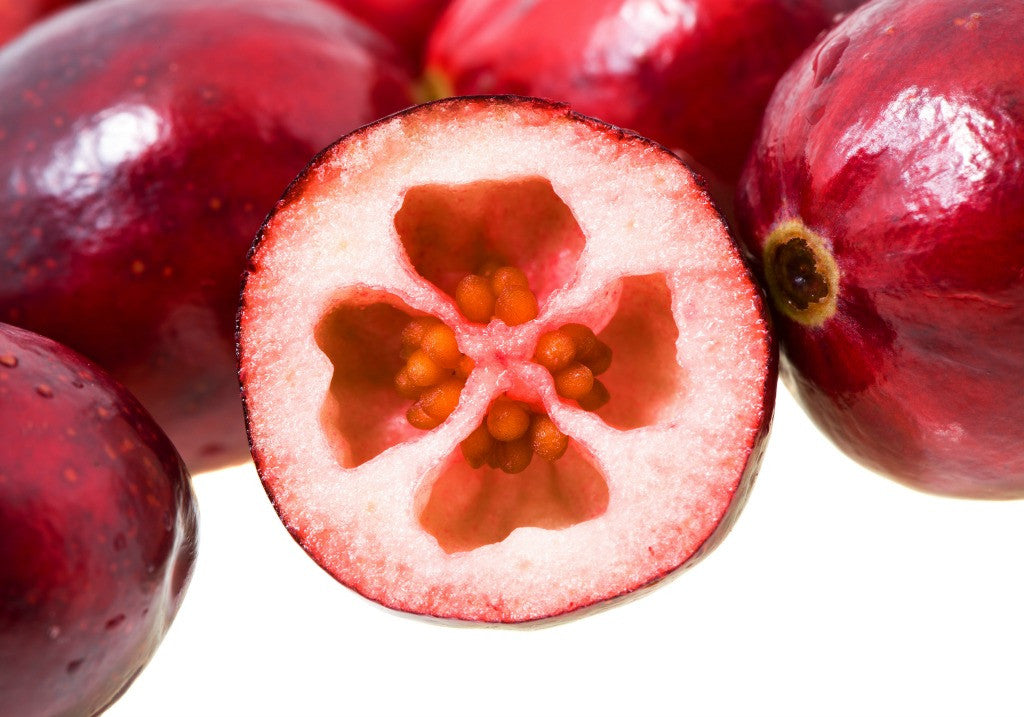
Cranberry sliced showing seeds
Nannyberries Fruits
Nannyberries fruits

Nannyberry fruits
The Nannyberry or scientific name Viburnum lentago, also known as Sheepberry or Sweet Viburnum native to the midwestern and northeastern United States, in Southern Canada, west of New Brusnwick, to southeastern Saskatchewan, and in some isolated areas in Dakota, Wyoming, Colorado and the Appalachian Mountains and as far as Kentucky south and Virginia. The roots are fibrous wood ill-smelling, commonly grow in wet soil along the forest’s borders, found along roadsides in fence corners. The color of the wood is dark orange-brown, heavy and hard closed grained. The Gooseberries are one of the largest Viburnums family, admired for its compact habit, with radiant plant leaves which insects disfigure rarely, and having abundant flowers, edible fruit and autumnal color.
Elderberry Fruits
Elderberries fruits
Elderberry can be mistaken with a violently toxic plant called Cicuta mexicana ( water hemlock). These two plants are almost the same, but cautious attention to detail can be used to separate their identities. Stems of water hemlock have purple stripes and when cut in half, reveal hollow piths. The elderberry stem has a uniform, white to light gray pith in cross section and the foliage has a rank, acrid odor when crushed. Elderberry leaves are oppositely arranged but water hemlock leaves are alternate. Both elderberry and water hemlock are having parts or branches arranged on each side or pinnately compound. Both grow in moist or wet habitats. You must use caution when identifying these plants, and avoid touching water hemlock Sambacus canadensis (American Elderberry), native to a large area of east North America of the Rocky Mountains, to eastern Mexico, Central America to Panama, and grow in a numerous climate conditions, growing in both wet and dry soils, usually in sunny locations. The fruit’s uses, including medicinal products wine, jelly and dye, the leaves and inner bark can be used as an insecticide and a dye. Stems can be hollowed out and used for spouts, musical instruments, and toys.
Coffee Berry fruits
Coffee berries
Dried coffee (bean),
Bearberry Fruits
Bear berry fruits
Barberry Fruits
Barberry fruits
Berberis or barberries, is a deciduous and evergreen shrubs with thorny shoots, whic is a native to tempreate and subtropical regions of Europe, North America, South America, Africa and Asia. Some botanists included them to genus Mahonia species, included within Berberis. The barberries have sharp flavors but are edible and very rich in vitamin C. Harvesting fruits is very difficult because of its thorny shrubs, but are very important food for the birds which they scatter the seeds in their droppings.
Wolfberry fruits
Wolfberry fruits, grow in China
Dried Wolfberries or Goji fruits
Wolfberry, also called goji berry, a common name related species, Lycium barbarum, and two species of boxthorn in the Solanaceae family, which includes tomato, chili pepper, potato, eggplant, deadly nightshade and tobacco.It is native to southeastern Europe and Asia. It is also known as Chinese wolfberry, mede berry, barbary matrimony vine, bocksdorn, Duke of Argyll’s tea tree, Murali (in India), red medlar, or matrimony vine. Unrelated to the plant’s geographic origin, the names Tibetan goji and Himalayan goji are in common use in the market of health food for this plant products. As a food, dried wolfberries are traditionally cooked before consumption. Dried wolfberries are often added to rice congee, Chinese tonic soups, with combination of pork or chicken meat, vegetables and wild yam herbs, licorice roots. The Wolfberries can also serve as herbal tea when boiled with combination of chrysanthemum flowers, red jujubes or pu-erh tea, available in package teas.
Watermelon
Red Watermelon
Yellow-flesh Watermelon
Watermelon or (Citrullus lanatus), Cucurbitaceae family, is a vine-like flowering plant (scrambler and trailer) originally from southern Africa. The fruit, is also named watermelon, is a special kind referred to by botanists as a pepo (gourd family), a berry which has a thick exocarp (rind) and fleshy center (mesocarp and endocarp). Pepos are derived from an inferior ovary, and are characteristic of the Cucurbitaceae. The watermelon fruit, loosely considered a type of melon, although not in the Cucumis genus, has a smooth exterior rind (green, yellow and sometimes white) and a juicy, sweet interior flesh (usually deep red to pink, but sometimes orange, yellow and even green if not ripe). In Vietnamese culture, watermelon seeds are consumed as a snack, during the Vietnamese New Year’s holiday, Te’t. In Diyarbakir, Turkish city, it is the symbol. The citrulline in watermelon (especially in the rind) is a known stimulator of nitric oxide, is thought to relax and expand blood vessels, much like the erectile dysfunction of Viagra drug.
Pumpkin
Pumpkins
A pumpkin is a gourd like squash of the Cucurbita genus, and the Cucurbitaceae family (which also includes gourds), widely grown for commercial use, and are used both in food and recreation. During the Thanksgiving Day, the Pumpkin Pie is a traditional mealin the United States, and popularly used for Halloween, when carved and hollowed out with candles lit inside, and commonly known as Jack o’lantern. It is called winter squash in North America and in Australian English.
Acessory fruits, is a fruit which some of the flesh was not developed in the ovary, but in some adjacent exterior tissues to the Carpel, and commonly called as pseudocarp, false fruit and spurious fruits. The fruits with accessory tissue examples that are receptacle of strawberry, figs, mulberries, Pomes like the pears and apples are also accessory fruits with more flesh derived from hypanthium and the calyx of Gaultheria procumbens or Suzugium jambos, which originates in Southeast Asia and elsewhere in the world, and have been introduced as a fruit tree and ornamental tree.
Syzygium jambos fruit, Rose Apple of Hawaii
Although the fruit is not nutritious, but can be eaten raw or used in various regional recipes. The Rose apple in South-East Asian countries, it is usually served with spiced sugar, and the wood is source of charcoal because the wood is dense. Some of the Rose apple tree parts are used in traditional medicine because of its rich in tannins that are antimicrobial substances.
Apples

Apple Tree Pear
Green and Red Apples
Pear Fruit
Pear Fruits
green pears
The pear tree or pyrus pyrifolia species, is a native to China, Korea and Japan. This edible fruit has many names according to countries or regions, such as; Korean pear, Japanese pear, Taiwan pear, Asian pear, and sand pear, or nashi pear. Although apple and pear are have similar appearance and texture, they are not hybrid of the two fruits.
Pyrus pyrifolia (Burm. f.) Nakai – Chinese Pear
Rose Hip
Rose Hip fruit (considered as Accessory fruits)
Beauty and Skin Benefits Of Rosehip Oil
Seedless fruits
The seedless fruits, is an important feature of some fruits commercially, and the examples of these seedless fruits are; bananas and pineapples. Some citrus cultivars fruits, like the navel oranges, satsumas, mandarin oranges, grapefruits, table grapes and watermelons.In some species, seedless fruits is the result of parthenocarpu, where fruits set without fertilization. Parthenocarpic fruit set may or may not require pollination but most seedless citrus fruits require stimulus from pollination to produce fruits. Triploids are the seedless grapes and bananas, which reslut from “abortion of embryonic plant”, produced by fertilization, a phenomenon known as stenospermocarpy, which is required to normal fertilization and normal pollination.
Satsumas Fruits
Fresh Satsumas fruits
Satsuma fruit (or Ponkan)
Grapefruit
Grapefruit
Pink Grapefruit, diet fruit
The Citrus paradisi, commonly known as the grapefruit, is a subtropical citrus tree known for its bitter fruit, a hybrid first bred in Barbados. The first time it was discovered, it was called the forbidden fruit, and was mistaken with the pomelo or shaddock (C. maxima), and one parent identified of this hybrid is the sweet orange (C. sinensis).
Kumquat Fruits

Nagami Kumquat fruits
The True Berry,examples of these fruits are; Kiwi fruit, Pomegranate, Guava, Black currant, Red currant, Gooseberry, Tomato, eggplant, Lucuma, Chili pepper, Grape, Cranberry and Blueberry.
Kiwi Fruit
Kiwi Fruits, true berries

Kiwi fruits, defeats Diabetes
The kiwifruit, or simply called kiwi, is also known as the Chinese gooseberry in many parts of the world. This edible berry of a cultivar group of the Actinidia deliciosa and hybrids woody vine between this and other species in the genus Actinidia. It has a fibrous, dull brown-green skin and bright green or golden flesh with rows of tiny, black, edible seeds. The fruit has a soft texture and a sweet but unique flavor, and today is a commercial crop in several countries, such as Italy, New Zealand, Chile, Greece and France.
Guava Fruits
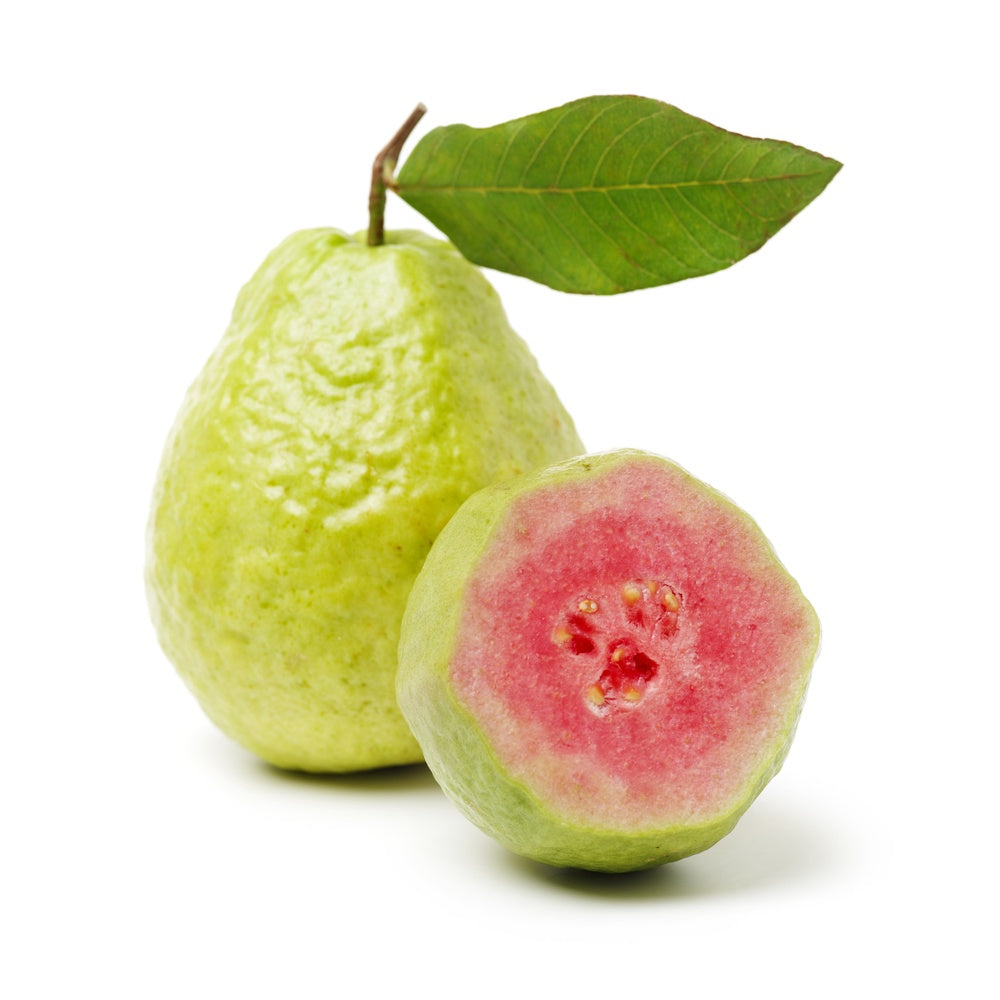
Pink Guava fruits, The benefits of guava include controlling blood pressure,
white flesh Guava fruits
Pomegranate Fruits
Pomegranate Fruits
Pomegranate fruit in half
The pomegranate (Punica granatum), is a small tree or deciduous shrub bearing fruit. Native to the area of Iran and Iraq the pomegranate has been cultivated in the Caucasus since ancient times. From there it spread to Asian areas such as the Caucasus and Himalayas in Northern India,Middle East, Philippines, southeast Asia, Europe, tropical Africa, Mediterranean regions, Azerbaijan and Armenia. The entire seed is consumed raw, though the watery, tasty aril is the desired part. The taste differs depending on the subspecies of pomegranate and its ripeness, and the juice can be sweet and sour sometimes, with acidic tannins contained in the aril juice. Wild pomegranate seeds are used as a spice known as anardana most notably in Indian and Pakistani, but also as a substitute for pomegranate syrup in Persian cuisine. Dried whole arils can often be obtained in ethnic Indian subcontinent markets. These seeds are separated from the flesh, dried for 10–15 days and used as an acidic agent for chutney and curry ingredients. Ground anardana is also used, which results in a deeper flavoring in dishes and prevents the seeds from getting stuck in teeth. Seeds of the wild pomegranate variety in Himalayas known as daru is regarded as quality sources for this spice.
Lucuma Fruits

Lucuma fruits

Lucuma fruits
Louqat Fruits
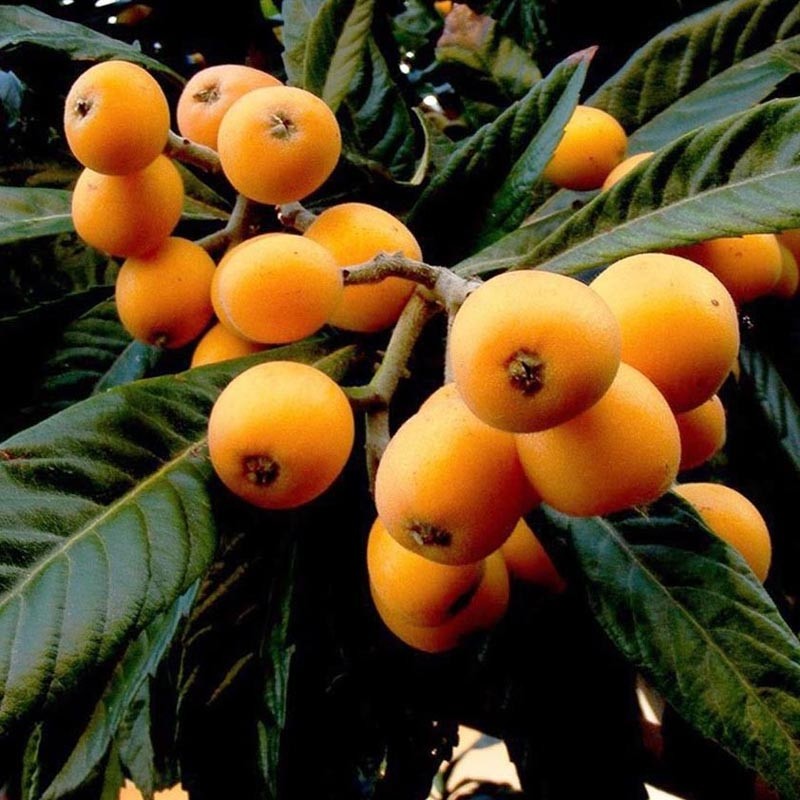
LOQUAT FRUITS

sliced Loquat fruit
Peach Fruits
Peach Fruits
Peach Fruits
Avocado Fruit
Avocado Fruit
Avocado fruit
The avocado (Persea americana) is a tree native to Central Mexico classified in the flowering plant of Lauraceae family, along with cinnamon, camphor and bay or laurel leaf. Avocado or alligator pear (English name), Aguacate, Palta (Spanish) referred by botanists as a fruit of large berry with one seed. It is used as the base for the Guacamole Mexican dip , or as a spread on corn tortillas or toast, served with spices. In Brazil, coastal Kerala and Karnataka of southern India, Philippines, Indonesia, Vietnam, the avocados are used for milkshakes and ice cream an other desserts.
Buddha’s Fingers Citrus Fruits
Buddha’s Fingers citrus fruits
Buddha’s Fingers, citrus fruit

slices of Buddha’s fingers fruits
Buddha Hand is a citron. Citron fruits are fragrant and citrus, but unlike an orange or lemon, they don’t have the juicy stuff in the middle. They are all rind. To eat it, you just slice the fingers lengthwise. You’re supposed to eat the fruit, peel and all, because there really is nothing BUT the peel.
Dragon Fruit Tree
Dragon Fruit tree
Dragon fruit
A pitaya or pitahaya is the fruit of numerous cactus species of the Hylocereus genus (sweet pitayas) or popularly called dragon fruit in Asia. The dragon fruits are commonly known in , Chinese huǒ lóng guǒ, “fire dragon fruit”, lóng zhū guǒ, “dragon pearl fruit”, Vietnamese thanh long meaning “blue dragon”, Indonesian and Malaysian buah naga, Lao mark mang gohn, and Thai kaeo mangkon or “dragon crystal”. Other vernacular names are strawberry pear or nanettika fruit. The Stenocereus fruit (sour pitayas) are of more local importance, being commonly eaten in the arid regions of the Americas.
Stenocereus queretaroensis

Stenocereus queretaroensis is a species of cactus from Mexico,
Rambutan Fruits
Rambutan in Malaysia

from Rambutan family or Lychee Family, Sarawak Indonesia
Lotus Fruit
Lotus Fruit
The lotus-eaters also referred to as the lotophagi or lotophaguses were a race of people living on an island near North Africa or Djerba, where these regions dominated by Lotus plants, and this lotus fruits and flowersbecame their primary food and narcotic that cause the people to sleep in peaceful with lack of emotions.
akebia quinata fruit; a native plant to japan, china and korea.
akebia quinata fruit; a native plant to japan, china and korea.
Japanese Fruit Akebi (Chocolate Vine) the purple pod can be cooked and eaten as well, but like a vegetable, not a fruit! Now that is a versatile fruit!
Akebia fruit The greyer larger ones with black seeds are the tastiest. Scoop out the pulp and seeds with a spoon
The whitish flesh is the edible pulp of the Akebia Quinata fruit, a mysterious and weird fruit, is native to Korea and in North Honshu, Ohoku, Japan. This weird fruit tasted sweet at first bite, and as you consume more it taste quite bitter.
Wood Apple, Sri Lanka
Wood Apple
Wood apple inside
The Wood apple or Limonia acidissima, is the only species in the monotypic limonia genus. This plant is native to Indomalaya ecozone, India, Pakistan, Bangladesh, Sri Lanka and Indochinese east to Java and the Malesia ecoregion. In English vernacular names are; wood-apple, elephant-apple, monkey fruit and curd fruit. The bark of the tree produces “edible gum”. The fruit is eaten plain, or can used in chutneys and fruit preserved jams and jelly.
Longan Fruit
Longan fruit

Longan Fruit, flesh
The longan edible fruit or Dimocarpus longan, is a tropical tree native to South and Southeast Asia in the Indomalaya ecozone. The longan fruit is succulent, sweet, juicy and quite different from Lychee which is often messy-juicy with tropical sweetness, while the longan have drier sweetness.
The seed can be eaten as well as the shell. In Chinese the dried longan, called guìyuán, and often used in Chinese cuisine and Chinese sweet dessert soups. In Chinese herbal medicine and food therapy, it is believed to have an effect on relaxation. In contrast with the fresh fruit, which is juicy and white, the flesh of dried longans is dark brown to almost black. In Chinese medicine, the longan, just like the lychee, is thought to give internal “heat”.
Lychee fruits
lychee (Litchi chinensis)

is this a Lychee family member?
The Lychee (Litchi chinensis) is the only member of the Litchi genus in the soapberry family, Sapindaceae. It is known as tropical and subtropical plants native to Southeast Asia, Taiwan and southern China, and many parts of the world. The lychee has “delicate, whitish pulp” and thick sweet juicy flesh with fragrant flavor. It is eaten fresh, and also available in can as preserved fruits.
Ackee Fruit
Ackee Fruit

Ackee fruit, inside
The Ackee fruit, also called the akee (Blighia sapida) is a member of the soapberry family native to West Africa, Cameroon, Gabon, Sao Tome and Principe, Benin, Burkina Faso, Cote d’Ivoire, Ghana, Guinea, Guinea-Bissau, Mali,Nigeria,Senegal,Sierra Leone, and Togo. It is related to lychee and longan, is an evergreen tree growing about 10 meters tall, with dense crown and short trunk, the leaves have leathery texture. The inedible part and unripened fruit consists of hypoglycin A (found both in the seeds and the arils) and hypoglycin B toxins (found only in seeds). Nowadays, the Hypoglycin is converted to methylenecyclopropyl acetic acid (MCPA), which are both toxic substances.
Lanzones Fruits
Langsat (Lansium duranum), also known as Lanzones in the Philippines, was originally native to the Malaysian peninsula. It is known variously as langsat (Malay

lanzones fruits
The Lanzones or Lansium domesticum, is a tree species in the Meliaceae family. The plant originated from the western Southeast Asia, bearing edible fruit, and it is also called Langsat in other Asian regions. The lanzones flower is the provincial flower of South Sumatra.


